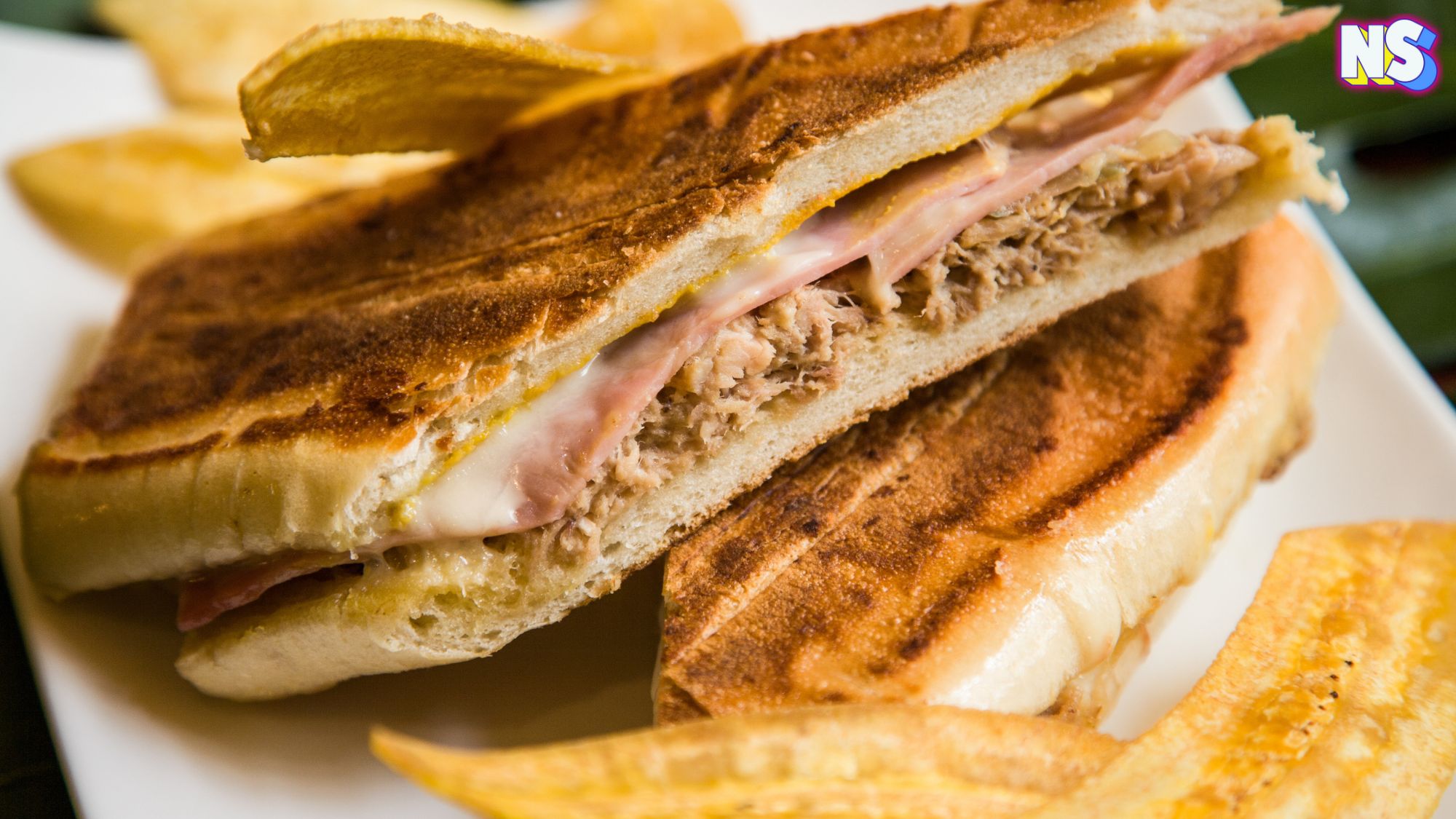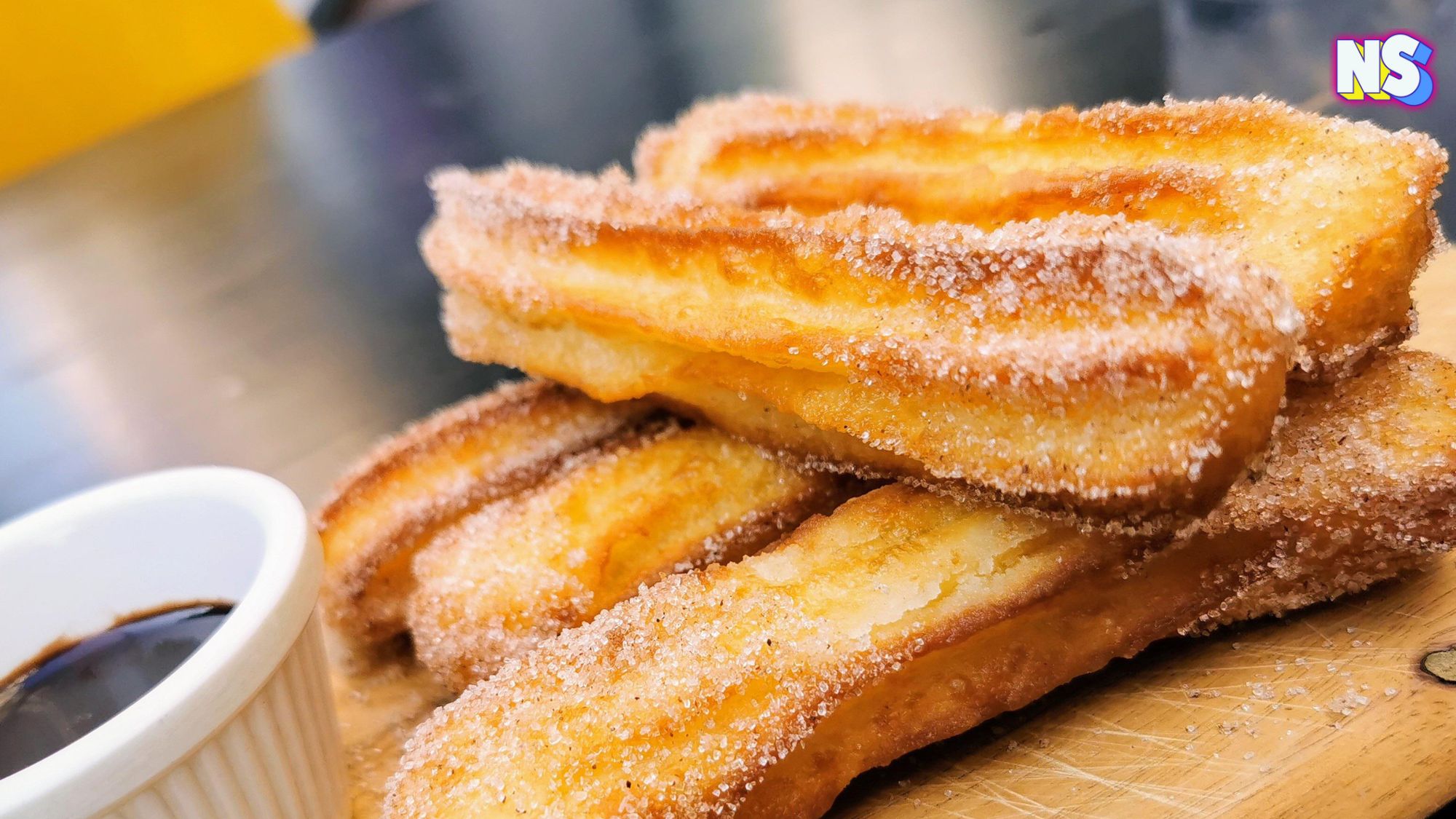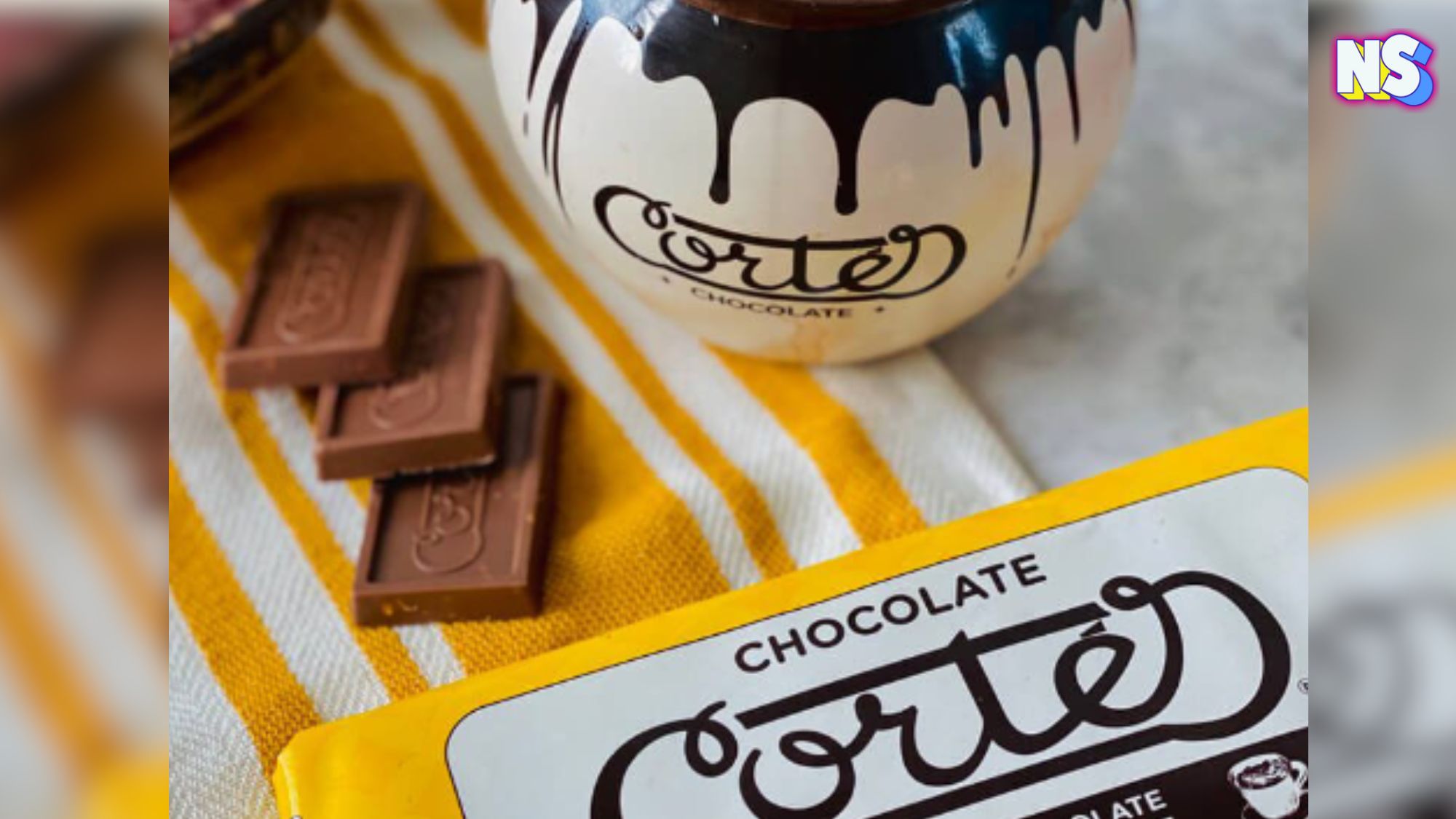It’s National Cuban Sandwich Day, a calendar day devoted to one of the most famous pressed sandwiches in the world. No matter where you are, chances are, someone will know and love the Cuban sandwich. Yet, even though its ingredients are simple, its history is not. During the last 100 years, the Florida cities of Key West, Tampa and Miami have all claimed to be the birthplace of the superstar sandwich. What about Cuba, the country it’s named after? Well, that’s the interesting part of the sandwich commonly known as the “Cubano.” Most Cubans on the island have never even tasted a classic Cuban sandwich. So, where is it from? Time to bite into the flavorful, and debated, history of the Cuban sandwich.
The Debated History of the Cuban Sandwich
The Cuban sandwich is a variation of a ham and cheese sandwich. Its origins trace back to the immigrant Cuban communities in Florida during the late 19th and early 20th centuries.
According to foodies, the Cuban sandwich likely originated in cafes catering to Cuban workers in either Tampa or Key West, both early Cuban immigrant hubs in Florida. These cities centered around the cigar industry, where thousands of Cuban immigrants worked.
Like all great sandwiches, the Cubano was portable, filling, and tasty, quickly becoming a popular choice among the workers. Best of all, it was assembled from readily available ingredients.
What’s in a Classic Cuban Sandwich?
The classic Cuban sandwich consists of ham, roasted pork (aka lechon), swiss cheese, pickles, mustard – all nestled between Cuban bread (a crusty, slightly sweet bread with a soft interior, created in either Tampa, Miami, or Cuba. There’s a debate around its origin story too).
Andrea Gonzmart Williams, the fifth-generation owner-operator of the historic Columbia Restaurant on Ybor City’s 7th Avenue, Tampa says Cuban sandwiches are a blend of Cuban and American culinary influences.
“You start with your Cuban bread, which obviously represents the Cubans,” Gonzmart Williams explains. “You do your ham, which represents the Spaniards. Then you go pork, Cubans. Then you have your salami, which represents the Italians. You top it with the Swiss cheese, which I always say kind of melts it all together, much like Ybor City is a melting pot. And then you top your bread off with yellow mustard and pickles, which represents the Germans.”
They’re more than sandwiches. Yes, they’re a way of life.
“Cuban sandwiches in Miami are like pizza to New Yorkers,” Sanguich restaurant owners, Rosa and Daniel Figueredo, located in Miami, tell Insider Food.
Cuban Sandwich in Cuba
The sandwich evolved over time, gaining fame in Key West, Tampa and later in Miami during the 1940s.
“They’re a staple of every child’s upbringing down here in Key West,” Cuban sandwich lover, and Key West resident, Stephen Graniela, explains in the mini YouTube documentary “Mixto Cubano: The Origin Of The Cuban Sandwich.”
Today, the Cuban sandwich is at the center of a friendly rivalry between the three Floridian cities. In fact, to put an end to the rivalry, in 2012, the Tampa City Council officially designated the “Historic Tampa Cuban Sandwich” as the “signature sandwich of the city of Tampa.”
Interestingly, the authentic Cuban sandwich as we know it is not commonly found in Cuba itself. While similar ingredients exist in Cuban cuisine, the specific combination on Cuban bread is not really a thing there. It’s more of a Floridian creation. In fact, a popular reel on Instagram showed a recent Cuban immigrant eating a Cuban sandwich for the first time. He liked it but said he never found it in Cuba.





